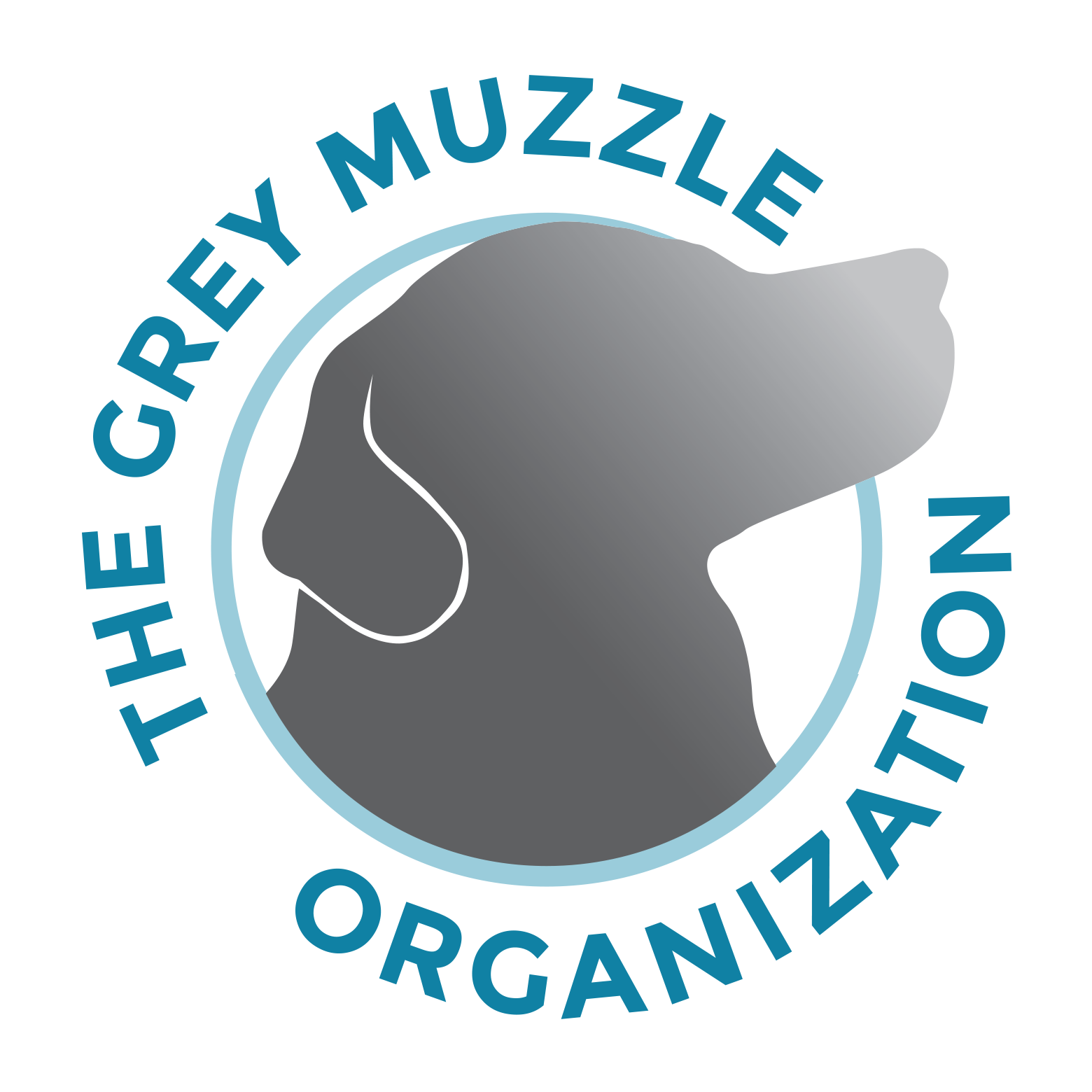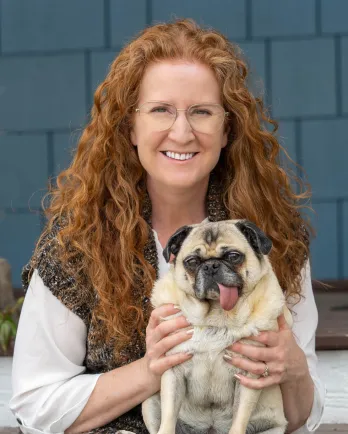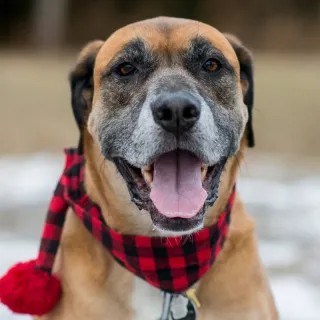Understanding Modern Euthanasia Choices
Dog owners are some of the most blessed people on earth. They open up their hearts to such wonderfully kind, loyal, and sweet creatures. How lucky we are to call dogs our friends and companions in this life. From this love we share, we know that someday sadness will touch us in profound ways. Dogs with their shorter lifespan will force us to say goodbye well before our own final day comes.
Getting it Right
Many of us will dread this goodbye from the day we say hello and our hearts are captured. Those of us loving senior dogs know this day will come even sooner than we’d like.
- How do we get ready to say goodbye to an old, dear friend?
- What kind of last days would they want for themselves if given the chance?
These are hard questions to think about, but so important if we want to get it right. Even veterinarians with their own senior dogs struggle with euthanasia decision-making. The uncertainty of when and how to euthanize affects all of us.
Since 2017, the Companion Animal Euthanasia Training Academy (CAETA) has been helping veterinarians and their staff understand the needs of pet owners as they approach the end-of-life journey with their pets, in particular, the grey muzzles. Because we know that around 85% of dogs will be euthanized due to old age and various diseases, it means dog owners can be proactive and prepare. Here are some of the main lessons CAETA teaches to everyone who’s interested in learning.
Euthanasia Preparations for Dog Owners
Lesson 1: Picture what you want that last day together to look like.
- If you elect euthanasia, consider the “where, when, and how” scenarios.
- In many communities, “where” includes the vet hospital or home. Ask your veterinarian if they offer home services, or reach out to housecall groups like Lap of Love.
- The time is right for euthanasia when your dog is ready, and loved ones can be there. It can be hard to know when to euthanize so lean on the experts around you.
- Ask questions and advocate for what you want. Modern euthanasia appointments are pseudo funeral events where saying goodbye and honoring life are just as important as the medical procedure itself.
Lesson 2: Learn what euthanasia is and what goes on.
- Well-prepared veterinary teams will place your dog’s well-being front and center.
- Veterinarians should 1st give your dog a medicine to provide sleep, followed by the 2nd medicine to help them to die as peacefully as possible.
- You can advocate to be there for the entirety of the procedure if you wish, and never be separated from your dog. Ask if this is possible before you schedule the appointment. If not, you may choose to bring your dog to a different hospital or elect home euthanasia where you have even more control. If you aren’t sure you want to watch your pet’s euthanasia, that’s ok too. Perhaps consider staying until your pet is sleeping from the 1st medicine, then depart. These will be your memories and they should reflect what you are comfortable with.
- You can also learn what death itself looks like. Veterinary teams should be able to describe the changes your dog will go through based on the euthanasia method they use. Dogs commonly take deep breaths during euthanasia and may stretch their legs as if embracing the change. Eyes typically stay open and it’s possible they may void urine/stool.
- The veterinary team will be watching your dog closely and pronounce them deceased when the time has come. You may be right there holding their paw and giving love.
Lesson 3: Think about what you want for deceased pet aftercare in advance of euthanasia.
- You have many options when it comes to caring for your dog after they’ve died. You may make arrangements directly with the local crematory (or pet cemetery), or ask your veterinary team to help you. As a general rule, talking through options with crematory staff is more informative. They will be able to describe what’s possible in greater detail so you get what you want.
- If you decide you want to bury your pet at home, ask your veterinarian how to do this safely. It can take considerable effort so ask early and be ready.
- Reflect on how you want to memorialize your dog’s life and the love you shared. There are so many beautiful ways to create keepsakes including paw prints, a collection of fur, blown glass with ashes inside, and photo collages.
Additional Support and Resources
The best thing you can do for your dog is to learn everything you can about aging and disease management well in advance, before euthanasia may be needed.
- To assist with euthanasia decisions, try Lap of Love’s Quality of Life scale.
- To understand animal hospice care, explore the IAAHPC website.
- To explore more information on euthanasia-related topics from the vet team’s perspective, visit CAETA’s Blog page.
If you have questions after euthanasia related to your dog’s experience, in situations where things did not go as planned, and you have concerns, CAETA has a Euthanasia Review Department for pet owners to seek third-party veterinary advice and discuss what occurred. CAETA recommends communicating with your own veterinary euthanasia team first before reaching out.
Remember, your dog will trust you to make whatever decision you feel is best for them. Lead with love, prepare as much as you can for that final day, and talk about what’s important with your veterinary team. Euthanasia is meant to be a gift for our seniors, to relieve suffering from physical and/or mental challenges. If you’ve been through it before, you know the heartache it can bring. On behalf of your darling grey-muzzled friend, thank you for being so brave.
About the Presenter:
Veterinarian Kathleen Cooney has been practicing advanced end-of-life care since 2006. Dr. Cooney is the Senior Director of Medical Education for the Companion Animal Euthanasia Training Academy (CAETA) and is well-known for her work in euthanasia, pet aftercare, and pet bereavement. She is the former owner of a mobile in-home pet euthanasia service and pet aquamation aftercare company, both in Colorado. Dr. Cooney has collaborated in end-of-life training for many pet organizations and is a published author on end-of-life topics. Dr. Cooney is board-certified in animal welfare and is an Adjunct Faculty at Colorado State University, where she teaches end-of-life topics and animal welfare. She loves all things old and gray.



